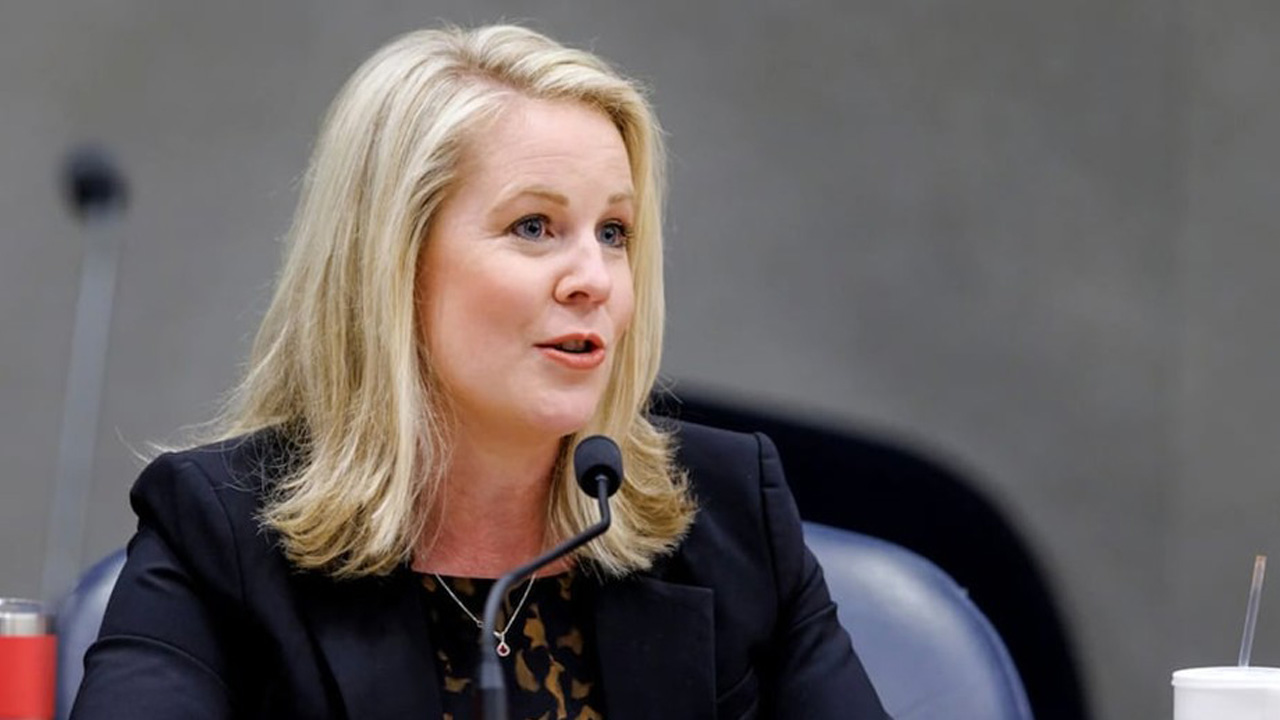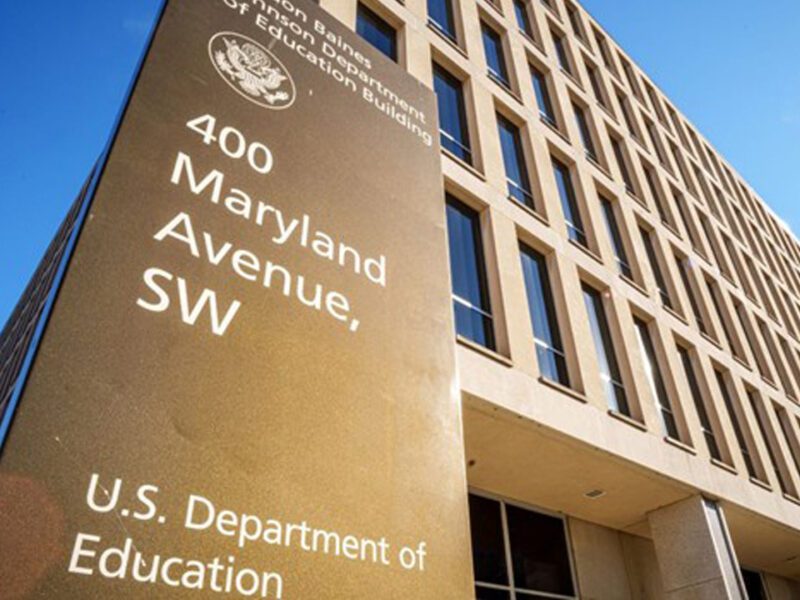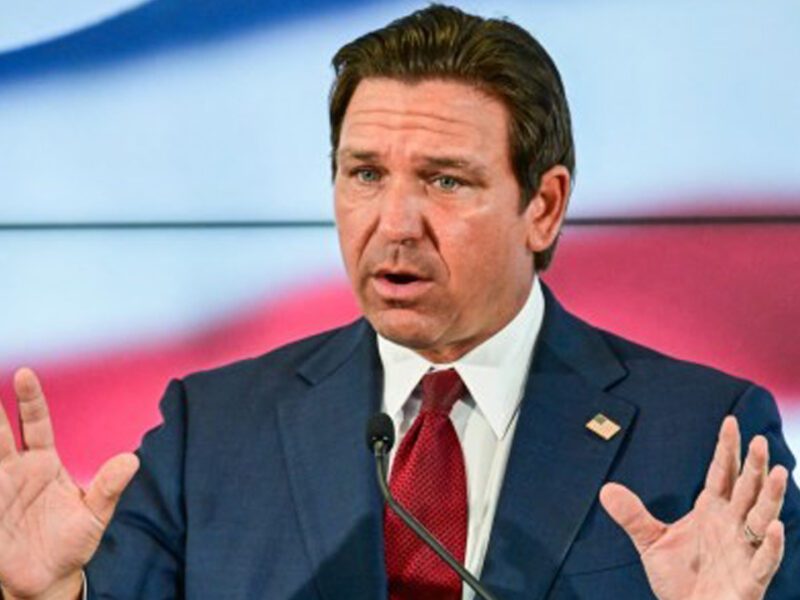
How to fix Florida’s voucher funding snags? Parents, lawmakers want answers
Tampa Bay Times | Jeffrey S. Solochek | October 23, 2025
Thousands had $47 million in vouchers withheld as the state and schools could not verify whether they attended public school.
Kimberly Tirado says her family’s experience with school vouchers exemplifies the problems with Florida’s growing program.
The St. Cloud mom of four views vouchers as a saving grace for her oldest child, who was able to use the funds to get special education services her high school did not provide.
But after a year of homeschooling, when Tirado explored the possibility of putting her daughter back into public school, everything went awry. For three days after Tirado visited Harmony High last fall, the school listed her daughter as enrolled — even though the girl never took a class there.
That was enough to get her tagged as ineligible for the voucher she was awarded, Tirado said. The funds, she said, were instead “misallocated” to the school.

Kimberly Tirado of St. Cloud has worked with little success to get her daughter’s school voucher funds released for nearly a year. The state had incorrect records indicating her daughter attended public school and froze the money.
Her situation is far from uncommon.
In recent legislative hearings, officials said more than $47 million assigned to about 23,000 children was not properly accounted for — a scenario that played out last year and continues this year.
The problem centers on the systems in place to track students and their awards.
In some cases, voucher recipients last year were incorrectly labeled as attending a public school, never receiving the funds they expected to use for private or home education. In other instances, recipients got money even though they actually went to a public school and were not eligible.
Meanwhile, both school districts and voucher recipients say they’ve missed out on money that might have been used for services and support had it not been caught up in accounting mistakes.
But while lawmakers have asked plenty of questions, no solutions have yet emerged.
“We do not want a repeat,” House PreK-12 education budget chairperson Rep. Jenna Persons-Mulicka said during a recent committee meeting, stressing the desire for Florida to maintain its national leadership position on school choice.
Previously, such problems occurred in smaller numbers, state officials said. But they blossomed into a multimillion-dollar situation as more families took advantage of vouchers, Persons-Mulicka said.
Florida’s voucher program has expanded to nearly a half-million participants and $4 billion in spending since lawmakers eliminated income eligibility requirements.
The situation might have been avoided, or at least mitigated, had the state House not killed a Senate proposal aimed at repairing the funding miscues that many parents and school officials identified after the Legislature expanded the program.
State senators pushed this spring to revise the laws governing voucher funding, including increased use of state identification numbers assigned to every student. The House rejected the effort, resisting any idea of segregating the education budget for students who do and do not use vouchers.
As lawmakers prepare for the 2026 session, which begins in January, House leaders have acknowledged the financial mess that tarnished the past academic year.
At two meetings in October, PreK-12 Budget Subcommittee members asked what happened, and what steps are being taken to improve the situation.
They heard from state and district officials that making sure the money follows the student isn’t as straightforward as school choice proponents would like.
Many problems are baked into the system, officials said. They pointed to software applications that aren’t capable of splitting payments into smaller increments than quarterly, and state-imposed deadlines for disbursing funds that don’t coincide with dates established for taking official school enrollment counts.
More than $7 million got distributed this fall before the cross-checks ever began because of those mandates, said Adam Emerson, who oversees school choice programs for the Florida Department of Education.
Katie Foley, a student data services manager for the Panhandle Education Consortium representing more than 20 school districts, told lawmakers that districts were given four days this fall to validate whether students were enrolled or could receive voucher funds. Yet the state provided little guidance on how to differentiate between students with similar names or other near matches, Foley said, noting ID numbers are not always included.
Thousands of files remained unverified, their funds frozen until the details could be ironed out.
Processing second-quarter funds proved equally daunting, Foley said, noting that the state provided different information requiring hand checks of files without any updated assistance on how to ascertain matches.
Committee members including Rep. Fiona McFarland, R-Sarasota, and Rep. John Snyder, R-Stuart, talked about the need to attach ID numbers to all files, to ease the effort of tracking voucher money and students.
Snyder suggested the issue might be a “technology restraint,” asking, “Do we need new and better tools?” No one had an answer.
Meanwhile, families dealing with the fallout are frustrated that they might never see some of the voucher money they were awarded, even after presenting proof that their children were not attending public schools.
“Parents are waiting to have things like therapies reimbursed because the department and (voucher funding organization Step Up for Students) keep stringing them along,” said Christin Carlisle, an Orlando parent and advocate for vouchers to children with special needs. “Statute indicates they were eligible for funds, so does it go against statute to take them away? What happened to the funds?”
Tirado, the St. Cloud mom, said she was told her daughter’s voucher, about $8,000, would be released over the summer after she provided documents showing the girl never enrolled in Harmony High. She was thrilled at the idea of finally being able to catch up on her classes and services.
“The time came and went, and we received nothing,” Tirado said, adding she lives paycheck to paycheck and can’t afford to put money out up front and await possible reimbursement. “I’m still being told to be patient.”
But she said patience doesn’t help her daughter, whose self-esteem “has plummeted because of this, not being able to cover education to move ahead as her friends graduate and move ahead.”
Tirado said she and other parents have talked about seeking legal counsel if the situation doesn’t improve.
Persons-Mulicka said she expected the Legislature to continue its conversations about reforming the voucher system over the next several months.





